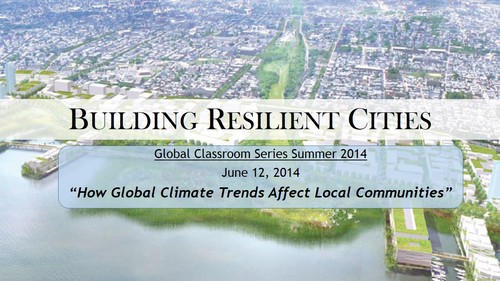Climate change has been a topic of intense debate over the past few decades. This dispute has been stirred by scientific data and trends that seem to suggest that climate change is causing various natural threats. For example, glacial cycles over the past few centuries show a direct correlation between rising temperatures and atmospheric CO2 concentrations. It is necessary for cities to recognize the amount of CO2 the atmosphere can handle and to adjust its CO2 output accordingly.
According to the National Climate Assessment, increased heavy precipitation events and average temperatures over the past 50 years have led to unpredictable and costly disasters. For instance, droughts have caused the water levels of California’s Lake Mead, one of the largest water reservoirs in the United States, to drop to record-low levels. Counties like San Diego, which rely on Lake Mead for 50% of its water imports, will be directly affected if trends continue. In addition, drier climates caused by increased temperatures can lead to secondary issues that include higher wildfire risk and spread of diseases. As sea levels continue to rise, coastal towns and cities, such as Mission Beach in San Diego, become sites of high flood risk. The increase of catastrophic events such as these should push this generation to adopt measures to mitigate these negative effects.
In order to confront the threats that San Diego might face in the future, we must build a more resilient city. A Resilient city is one that can prepare for, respond to, and recover from significant multi-hazard threats. According to GFDRR, there are five pillars of action to increase resilience.
· Pillar 1: Risk Identification. The purpose is to identify the risks and to provide better information about climate change and rapid urbanization.
· Pillar 2: Risk Reduction. The goals are focused on developing new policies and supporting the implementation of risk reduction programs.
· Pillar 3: Preparedness. The main focus is to improve the ability of institutions and communities to prepare for disasters.
· Pillar 4: Flexibility. The goals are to be able to change and adapt alternative strategies to prevent disasters.
· Pillar 5: Resilient Recovery. The objectives are focused on sharing knowledge and training on damage assessments.
With 50% of the world’s population now living in cities, it is paramount that the world builds towards resiliency. It is time for us to think about the future of our city, San Diego.

